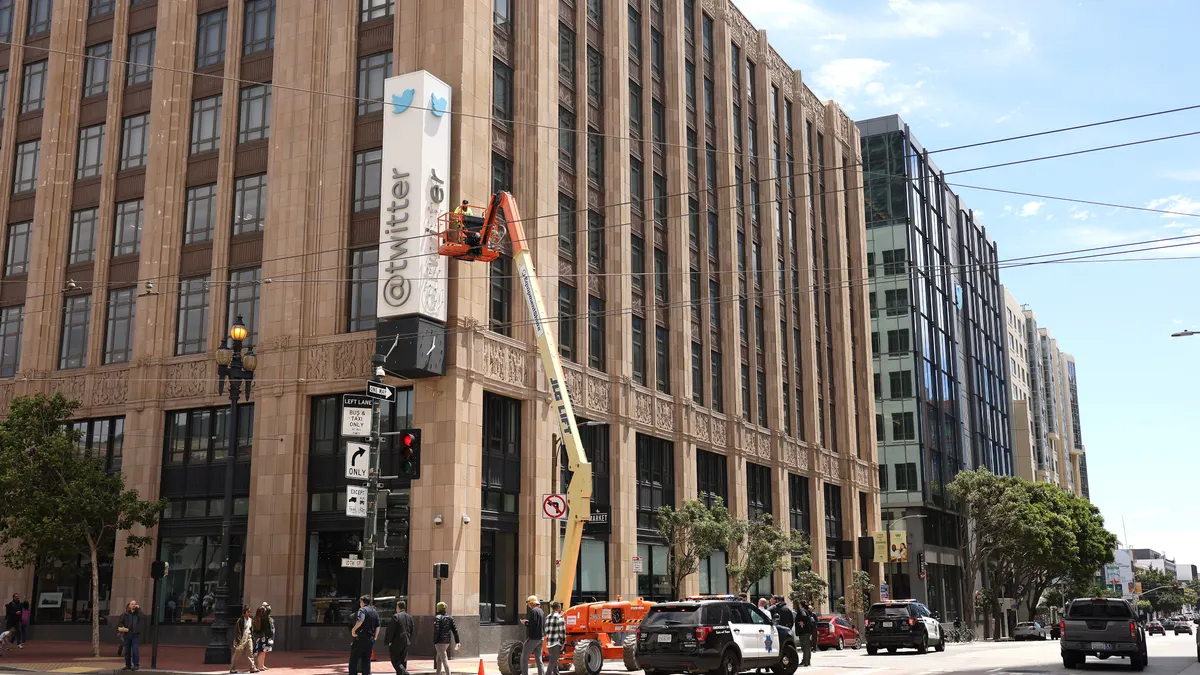Rajeev Kumar is chief revenue officer at SirionLabs. Views are the author’s own.
As businesses prepare for 2023, economic uncertainty is front and center with daily headlines pointing to economic disruption.
Combine that with inflation, the Russia-Ukraine war and supply chain issues and it’s clear why businesses are growing more cautious about their spending.
However, if everyone is in cost-cutting mode, how can organizations preserve their own revenue?
If we have learned anything from the Great Recession, the dot.com crash and previous recessions, it is that cost-cutting will not be an organization’s savior when it comes to recession-proofing their business.
Rather, smart, strategic technology investments will be crucial, since streamlined processes and automation can provide businesses with significant returns.
For example, research conducted by Harvard Business Review demonstrated that companies that went into survival mode in previous recessions struggled, while the 10% that focused on investments in digital transformation, workforce management, decision-making and debt management saw steady growth.
What’s more, a survey of tech leaders demonstrates that more than 75% of respondents expect their organization to spend more on technology this year, viewing enterprise technology spend as a business driver instead of a cost center.

As companies work to recession-proof their business, it is critical that they invest in the right technology to reduce uncertainty, mitigate risk and impact the bottom line in a demonstrable way.
An effective way of accomplishing this is by leveraging key technologies such as automation and artificial intelligence (AI)-led contract lifecycle management (CLM) to streamline critical business processes and reduce revenue leakage.
CLM streamlines contracting processes and identifies areas of opportunity
Data shows poor contract management can cost companies around 9% of their revenue. In that regard, implementing a CLM strategy can serve as a “self-funding” transformation project by making companies more agile and better able to handle the uncertainty that accompanies a recession.
CLM can help an organization thrive during a recession as it embraces digital transformation for workflow automation, eliminates silos between departments and helps with vendor and partner risk management.
CLM is also among the fastest-growing spaces in the software industry, with Gartner estimating that by 2024 85% of Fortune 500 companies will have implemented an automated CLM system.
Looking at the state of CLM today, most businesses are using CLM solely for repository purposes, followed by contract creation and negotiation, while only a low percentage are using it for value creation. Here is where the opportunity lies to build business resiliency.
Contract transparency allows businesses to make smarter decisions
In today’s digital-first environment, legacy contracts have grown inadequate and are becoming increasingly replaced with digital contracts and workflow automation. This is because instant access to information is more critical than ever. The issue with legacy contracts is that critical information can be left out and not available at the touch of a button.
This can then lead to an access issue, especially as organizations pivot their workforce models to hybrid environments and decision-making grows less linear.
Lack of access leads to mistakes, and mistakes lead to revenue leakage. This is forcing organizations to digitally transform and shift their information to the cloud to create access and visibility, making legacy contracts null for this environment.
CLM capabilities enable enterprises to save money and manage the complete contracting lifecycle in a connected way through AI and machine learning (ML) technology.
AI-led contract drafting leads to stronger contracts by identifying clauses that are missing or could be improved on, yielding stronger partnerships and increased productivity.
Also, the configurable technology behind CLM provides the enterprise with an intuitive, easy-to-use interface that creates instant access to critical information.
CLM plays a role in the enterprise's digital transformation journey
In addition to creating stronger contracts, companies can use the data insights they gain from their CLM strategy to shore up resources and look for opportunities to create new revenue streams to diversify and bolster the resiliency of the business.
For example, as organizations digitally transform their contracting process, they can leverage the data extraction from legacy contracts to provide their legal teams with valuable contract performance insights and expanded visibility into business data.
Additionally, faster data extraction allows enterprises to streamline contracting processes in real-time and use the data insights to negotiate and draft better contract terms, further increasing productivity.
The potential of CLM expands beyond just the process of contract management.
A CLM strategy can provide a wealth of transactional data captured from contracts over the years. This knowledge is valuable in providing business insights for improved profitability and continued growth across the entire enterprise.
Recession-proofing with CLM
Global challenges will continue to create economic uncertainty. Agility will continue to be the key to overcoming these challenges, especially if a recession is on the horizon.
Whether it is digital transformation, automation, app integrations or stronger security, business success is determined by how a company invests and executes its technology strategy during this time.
A CLM strategy can serve as a key investment for companies to recession-proof their business by supporting digital transformation initiatives and eliminating slow contracting processes and siloed data that can hurt an organization’s bottom line.

















